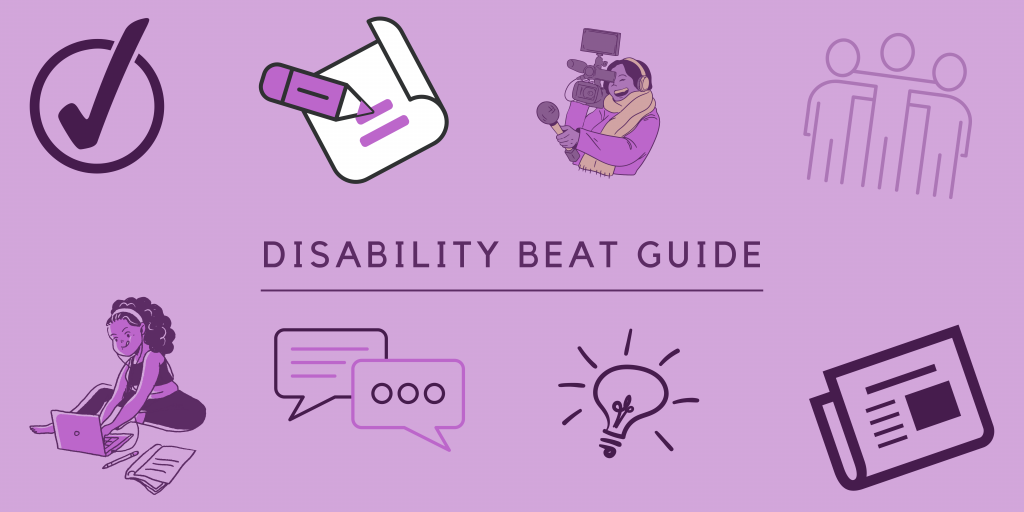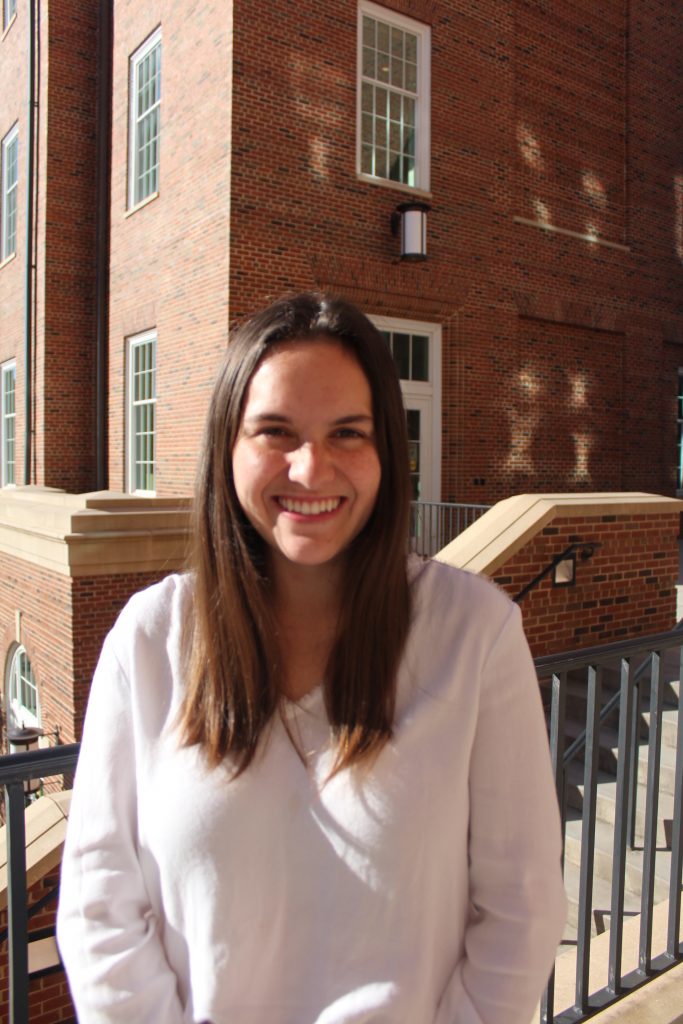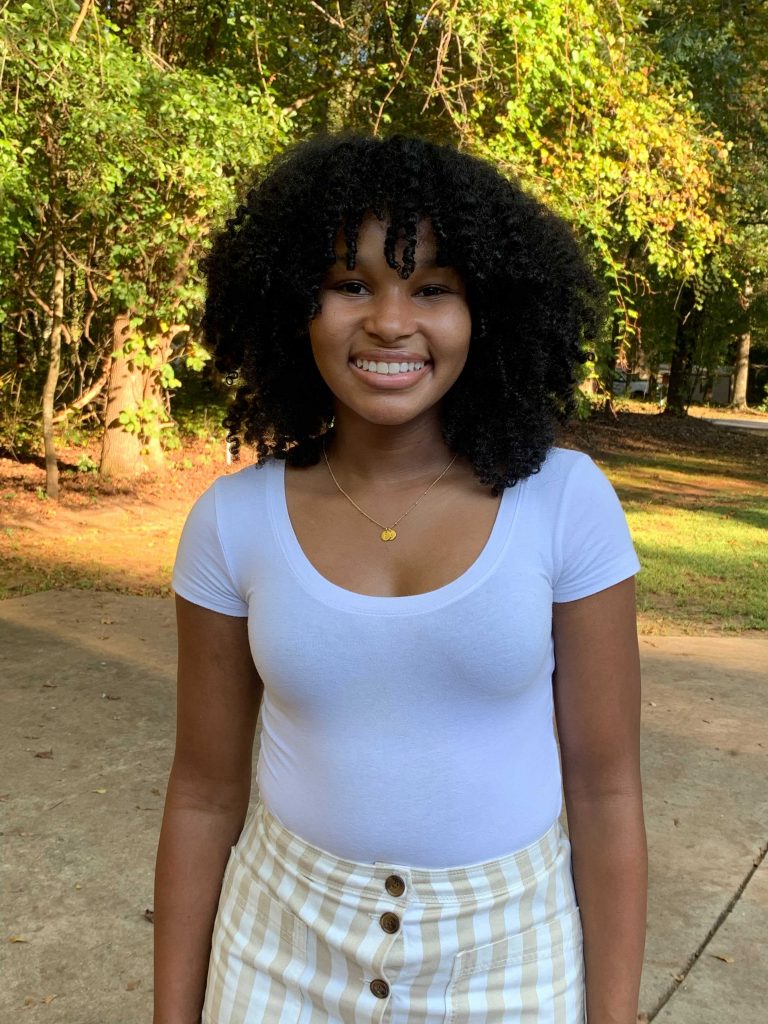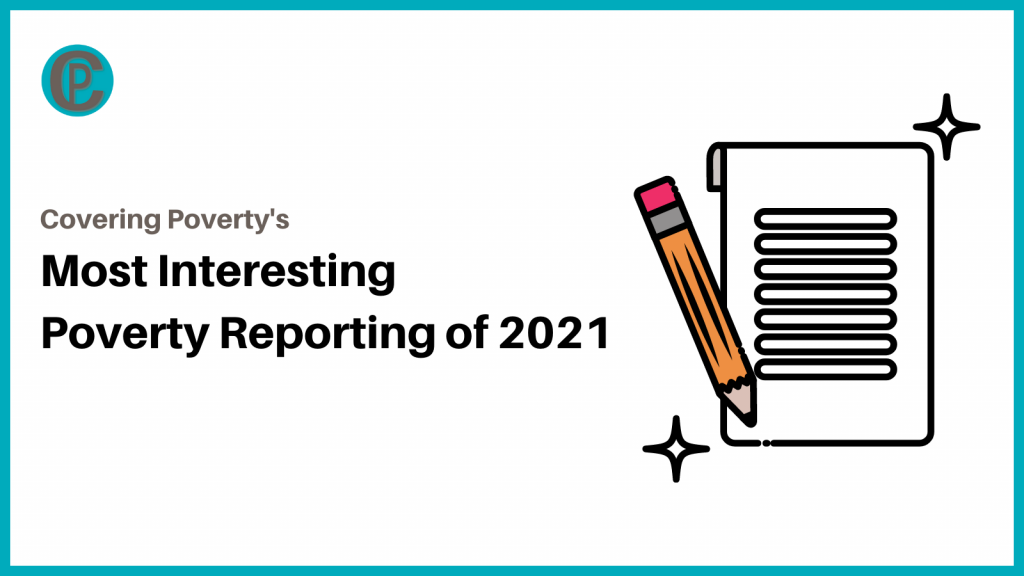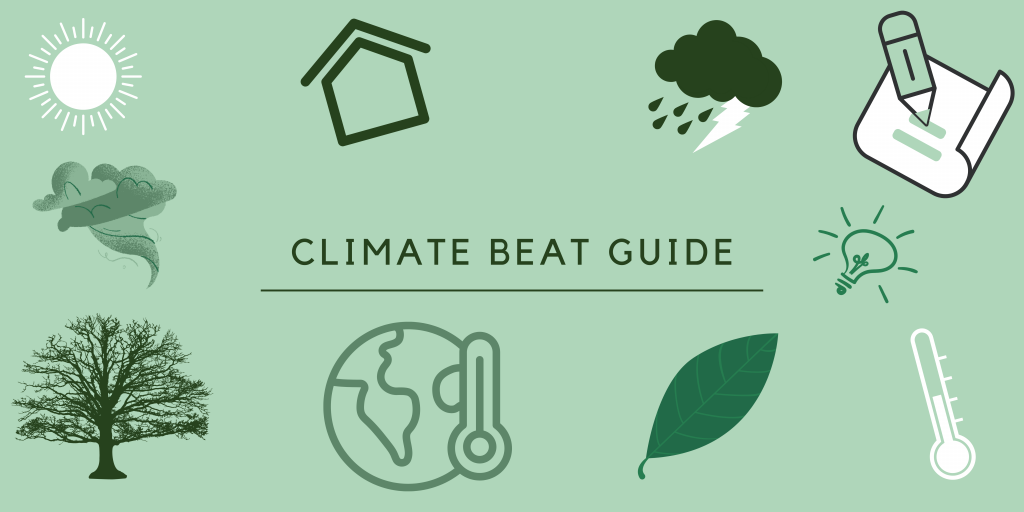
Cathrine Gyldensted is an investigative journalist, author and expert on solutions journalism, a holistic approach that centers on responses to issues rather than the problems themselves. Her book, “From Mirrors to Movers,” is a practical guide to the five elements of solutions journalism, where she discusses moving away from using a victimizing lens when writing about people experiencing hardship.
Covering Poverty asked Gyldensted about how journalists can avoid bias and let their sources guide the story.
Questions and answers have been edited for clarity.
CP: You write about how your interview with somebody who was experiencing homelessness made you shift away from a victimizing narrative. Can you tell me about when you made that shift?
CG: It is a pivotal moment in this work. And it’s the reason why I was steering away from the classical methods that I had been taught, and that I had mastered.
I was based in the U.S. from 2007 to 2011 as a correspondent, and in 2008, we had a global recession that started here in the U.S. My editors back home (at Danish Broadcasting) wanted me to do a radio piece reporting from a shelter in Washington, D.C., called Martha’s Table. And I had interviews with people working there, the director of the shelter, and of course, also people directly influenced by the recession, people who live there. A woman in her 50s was a particularly good interview in terms of being very reflective and very thoughtful on what has happened to her. And she was talking to me about how hard it had been to lose her job first and then not being able to pay her bills, and then to also lose her home. And now she was living in that shelter. So that was a great interview, I thought, sitting there with my recorder, because she was willing to be so honest.
But then suddenly, she said, “But I’ve also learned something.” And I remember thinking, “Should I pursue that lead?” Or should I just be happy with the part of the interview I already had? But I asked her, “What have you learned?”
And then out came these fascinating, thoughtful, moving answers, like that she had been on a personal journey, and now understood that she was internally stronger than she thought she was, and had worked with her own pride and had asked for help and gotten it from strangers. And the last thing she said was that she had gotten closer to her son through this hardship. So suddenly, the interview had this whole new dimension that has to do with you could say, inspiration, resources and learning. And not just how hard everything was, and how terrible everything was. And the angle was about people experiencing hardship during the recession. But she’s telling me something else. So how do I stay true to that person’s story? And can I still be able to keep that angle?
My editor said, “I don’t care — just keep the facts and the latest numbers from the latest report on the recession and homeless numbers in the U.S. And use the interview so it’s representative.” So I worked on getting pieces from the victim part of the interview, but also two pieces from the more meaningful and inspirational part.
It would have been much easier to just stay in that well-known victim narrative, because it doesn’t really point anywhere else than what is expected. But I was able to end the story with one of the pieces from the more inspirational part. And the response from listeners the day after it was broadcast was pretty remarkable. And this was before social media, and I got 10 or 11 emails from listeners saying things like, “This made me stop and listen, and it was meaningful, and I was moved.”
That collective experience made me realize that I had violated a foundational principle and why I wanted to be a journalist: to be accurate. But I wasn’t accurate in a psychological sense. Because if you see sources through a specific lens, like a bad guy, a crook, politician with evil intent, or a homeless person, that’s the victim, then you carry this bias with you. And that’s going to influence the questions you ask and how you frame people. From then onward, I really just tried to work with those biases and blind angles.
What areas and topics could journalists focus on in the interview process that would help them shift away from the narrative that the people they’re covering are victims?
Before heading out to the interviews of homeless people I would first of all realize some of these things and ask myself: What rings true to you? What makes sense to you? And what was the starting lens that I would see this person through? And write that down. And then I would ask myself: What am I missing when I see the person like this? And then write that down. And then just decide to ask questions that’s going to activate the missing pieces.
But it’s important to have the truth, which is also hardship. And then expand the interview to possible inspiration, learning, strength and meaning. But I would just ask myself: What am I possibly missing when I see the person through this lens? And then write down some questions that would activate or harness that missing information.
Can you also talk about how constructive journalism/solutions journalism applies to stories about homelessness and poverty, as well?
I think that’s really a fundamental way to expand our reporting through the questions we ask because it’s such a foundational thing in journalism, and therefore we harness information and generate people’s thinking on topics. And when we have these answers, we put them in our stories, and then it generates reflection in society. So I think it’s a very fundamental place to start. And number two, you might have another kind of pile of information that’s gonna distort the angle you thought you had, so I would determine the angle later based on the interviews.
So let your sources drive your narrative.
Yeah. Because what happens when we have the angle beforehand? We pick and choose the sources that are going to confirm that angle.
Is that a conversation that you could bring up with your editor? How would you do that?
My experience is that the more my editor trusts me, the more free range I get.
If you can argue along the lines of, you know, what creates quality journalism, then you would probably reach the heart of many editors. But what they need to feel secure on is that you come back with something that they can use.
But it does take some standing up to the usual dynamics of how news and news work is done, and propose it in another way. This Dutch online media called De Correspondent, who does it the bottom-up style, where the journalists would write an article saying, “I’m thinking about writing about homelessness. What do you think the story is? I think the story is this, but what do you, my readers, think that the story is?” And they had a lot of input and a very active community of readers because of this approach. And then the reporter writes another story based on the feedback from their users saying, I thought the story was A but now I got this qualified input. So it’s not only going out and getting all the information and then writing the end result. They’re sharing the learning curve of their reporters and of the topic.
Is there anything else that you feel like we didn’t talk about that is important for Covering Poverty readers to know about this topic?
One of the elements under that constructive journalistic umbrella is a very practical little tool: Zoom out from the story topic and look at the data. Are we looking at progress or setbacks on the topic? If it’s homelessness, look at the data from the last 30 years. And make sure that you apply that factual thing into your story. And of course, if it is a setback, then it’s a setback. If it’s progress, you should also put that in the story. Because if you can report on homelessness in Athens, there might be progress somewhere else in the U.S. on homelessness, and that would be an interesting detail to add. It’s not going to kill your story in Athens, but it’s going to spark some interest in what they are doing elsewhere that is going well. And that’s a follow-up story and a positive outlier. And that Zooming out process makes you realize that.
Kyra Posey is a graduate student studying journalism at the University of Georgia.

